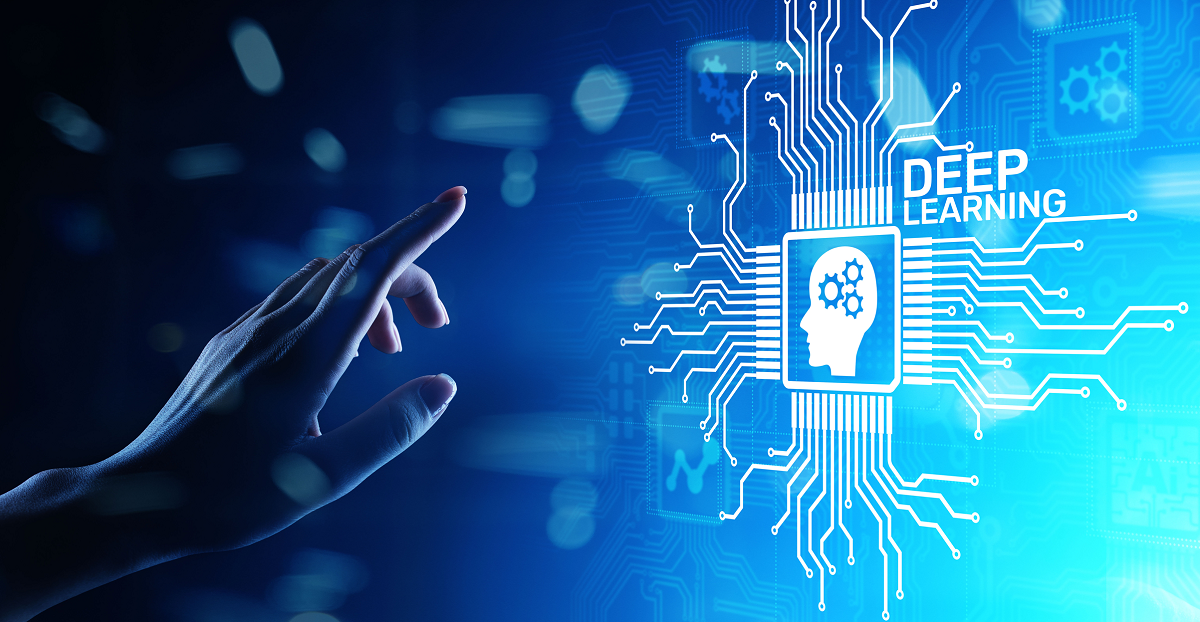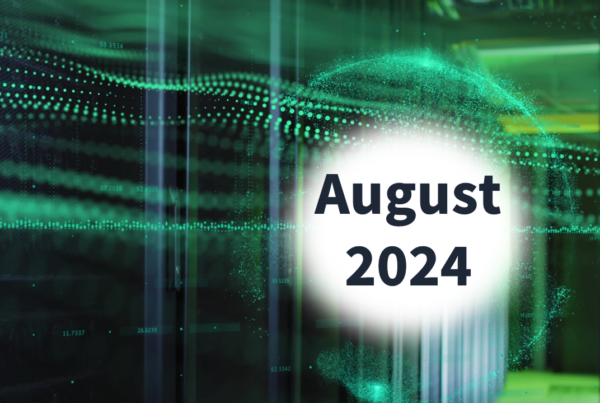
UAI and Mosaic Data Science host virtual executive roundtable discussion on deep learning.
UAI and Mosaic Data Science (MDS) hosted a virtual roundtable with utility representatives from Con Edison, National Grid, Enbridge Gas, CenterPoint Energy, Grant County Public Utility District, Florida Power & Light, The Energy Authority, and One Gas, to discuss deep learning use cases and adoption barriers.
Fundamentals of Deep Learning
Deep learning is one of the most essential building blocks of artificial intelligence, and no one is successfully deploying ‘real’ AI without deep learning. Mosaic defines deep learning as a subset of machine learning algorithms that analyze data with a logic structure inspired by how a human brain would draw conclusions. Traditional machine learning generates a prediction by human training and validating an algorithm on historical data. Deep learning differs from formal machine learning because deep learning algorithms have many hidden layers and can remove the human process of feature engineering, algorithm selection/validation. It is excellent for modeling decisions that are highly complex, and there is no need to sacrifice performance for explainability.
Deep Learning Utility Use Cases
While there are several effective uses of deep learning for utilities today (i.e., weather projections, customer churn, demand forecasting, predictive maintenance, smart grid integration) this session focused on two of Mosaic’s deep learning use cases: computer vision and natural language processing.
The computer vision use case focused on annotating photos and videos collected by drones to automatically inform inspection decisions. Mosaic helped a utility develop a tool to go through hundreds of images an hour to tag photos. Once the photos were tagged, they used a process called image augmentation that allows the algorithm to identify the asset based on pixel size or certain color. After the augmentation, they trained a convolutional neural network (CNN) with several layers and tuned it to identify different parts of a utility pole top to ensure the highest level of accuracy in identifying each asset type. Performance varied across asset types with over 90% precision identifying some assets but identifying crossarms was more difficult and had an accuracy rate below 70%. Once the CNN had accurately identified the asset, a classification layer predicted if any part of the pole required inspection.
The natural language processing use case extracted and classified customer service call transcripts to predict which customers had the highest risk of attrition. Through topic modelling, Mosaic helped a utility identify phrases that repeatedly occurred during inbound calls and determine which groupings of words led to service discontinuation. The utility then deployed A/B testing to determine the effectiveness of the model insights, splitting customers into a test & control group; informing how they guide their customer service conversation with an eye towards retention.
Deep Learning Adoption Barriers
Gartner defines the top three challenges to AI adoption as enterprise maturity, fear of the unknown, and data required, which the utility representatives confirmed. They stated that large pre-qualified data sets available to all utilities would make training models faster and easier. The conversation closed with more suggestions on how to break down adoption barriers like usability, trust, and scale.
To learn more about or co-host a UAI Executive Roundtable, please contact Leslie Cook, lcook@utilityanalytics.com














